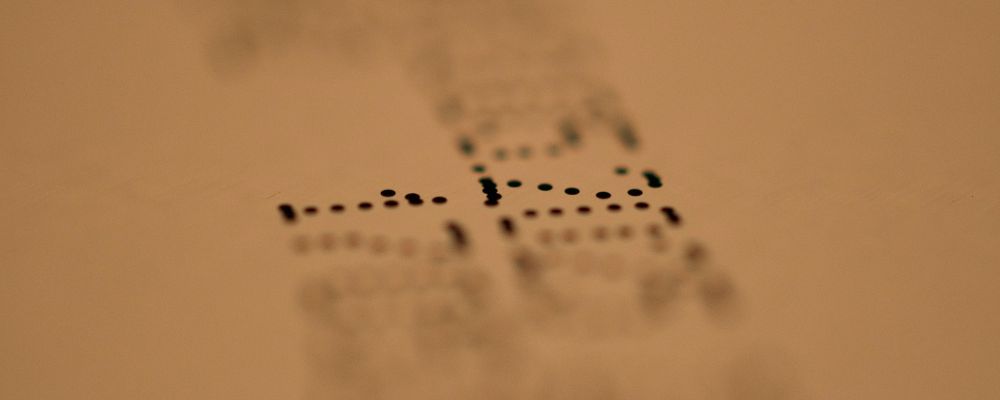There are many s100A pain points – let’s cover five in this update.
s100A Pain Points
If a trust distribution gets paid out to a presently entitled beneficiary in a timely manner and is not loaned or gifted back or paid to somebody else – when there is no funny business – then s100A won’t be an issue.
However, if the trust doesn’t pay out the distribution (UPE), or pays it out but then the beneficiary loans or gifts it back, or pays it to somebody else than the official beneficiary, then s100A is an issue. While you might have the possibility to defend the UPE by citing ‘ordinary family or commercial dealings,’ it does become significantly more intricate.
So in this episode, Robyn Jacobson of The Tax Institute will shine light onto these intricacies and help you around a few common s100A pain points. Here is what we learned but please listen in as Robyn explains all this much better than we ever could and in a lot more detail. We really just scrape the tip of the iceberg here.
To listen while you drive, walk, or work, just access the episode through a free podcast app on your mobile phone.
s100A Pain Points
This episode will cover five questions about s100A that often come up when discussing s100A pain points.
1 – Conditions for s100A to apply
2 – Working capital
3 – Loss trusts
4 – School and uni fees
5 – Record keeping
1 – Conditions for s100A to apply
To avoid s100A, you need to avoid three things coming together – each on their own is fine, but don’t have all three together:
(1) present entitlement,
(2) reimbursement agreement,
(3) tax purpose.
There is one big escape from s100A: ordinary family or commercial dealings. However, just because everybody does something, doesn’t necessarily make it ordinary.
2 – Working capital
You keep the money in the trust and create a UPE to fund the trust’s business with the cash it needs. Might qualify as an ordinary family or commercial dealing.
It all depends on timing. Two years seems to be the line in the sand for the ATO. Delaying payment by up to two years to fund a cash flow crisis might be okay. Beyond that, the ATO gets nervous.
3 – Loss trusts
Distributing income from a profit trust to a trust with accumulated or current year losses might be okay under s100A. But before you consider s100A, you need to go through Schedule F first. Does Schedule F allow the tax loss offset? Once that is a Yes, then you look at s100A.
4 – School and uni fees
Distribution to uni students, so they can pay their uni fees, is usually okay under s100A. Distribution to school kids to cover their school fees is usually not.
5 – Record keeping
Boring but necessary. To keep s100A far away from you, you need to keep good records of trust distributions, UPEs, and payments.
Testamentary Trusts
One question we don’t cover in this episode is s100A for testamentary trusts.
s100A does NOT apply to minor (under 18) beneficiaries of testamentary trusts. So your will could provide for a testamentary discretionary trust, through which your adult children distribute trust income to your minor grandchildren without s100A applying.
Guardian and B Blood Cases
The Guardian Case was decided based on Part IVA, not s100A, whereas the B Blood case was determined under s100A. So always consider Part IVA, when you have a s100A issue.
This was a very short summary – just a few bullet points. Please listen in since there is so much more Robyn discusses in this interview.
MORE
Disclaimer: Tax Talks does not provide financial or tax advice. All information on Tax Talks is of a general nature only and might no longer be up to date or correct. You should seek professional accredited tax and financial advice when considering whether the information is suitable to your or your client’s circumstances.
